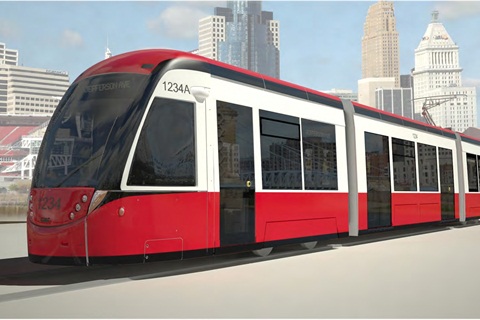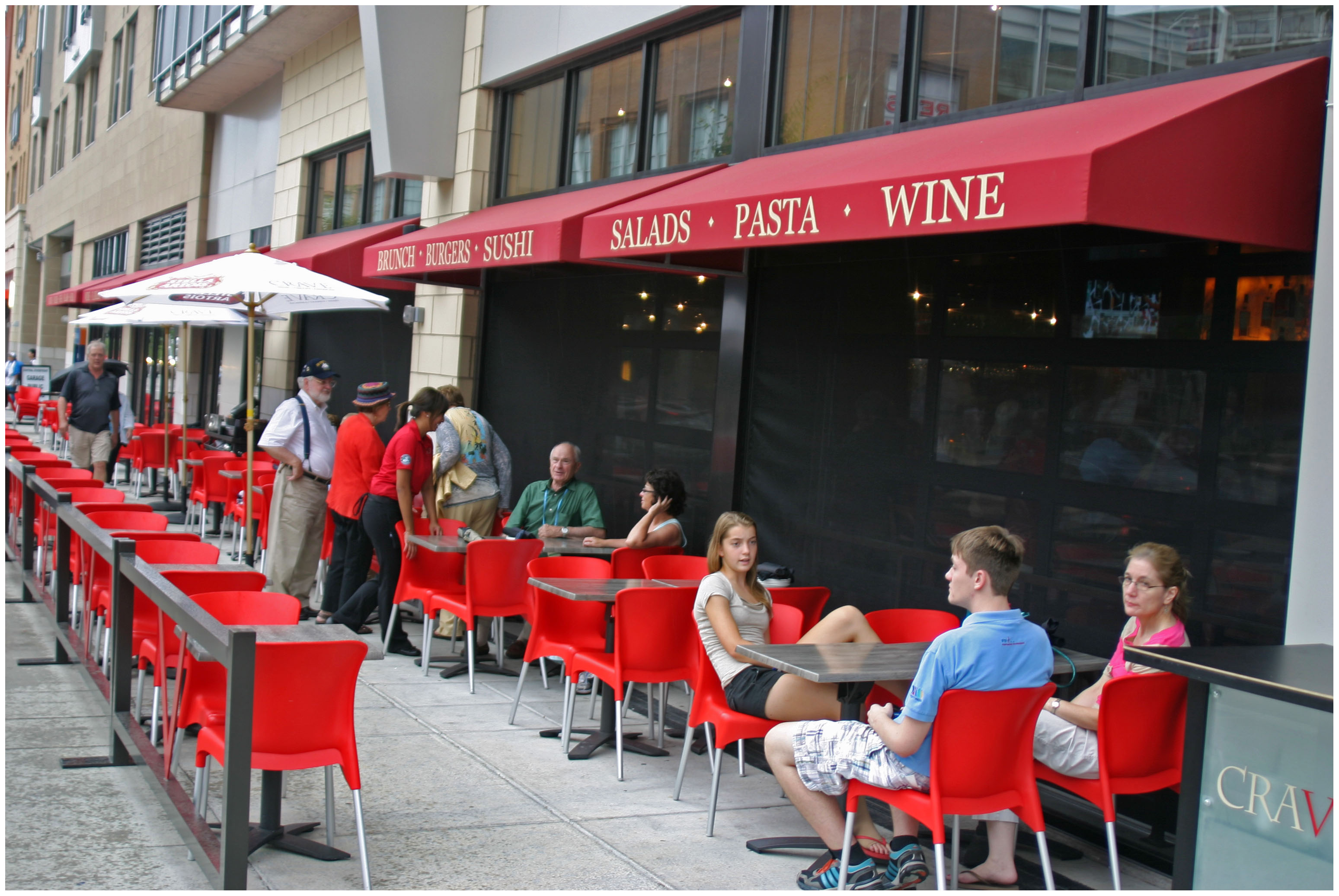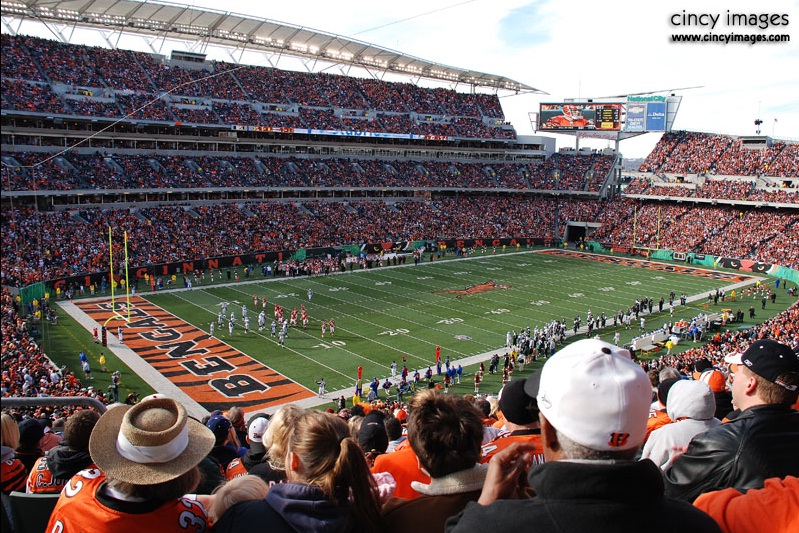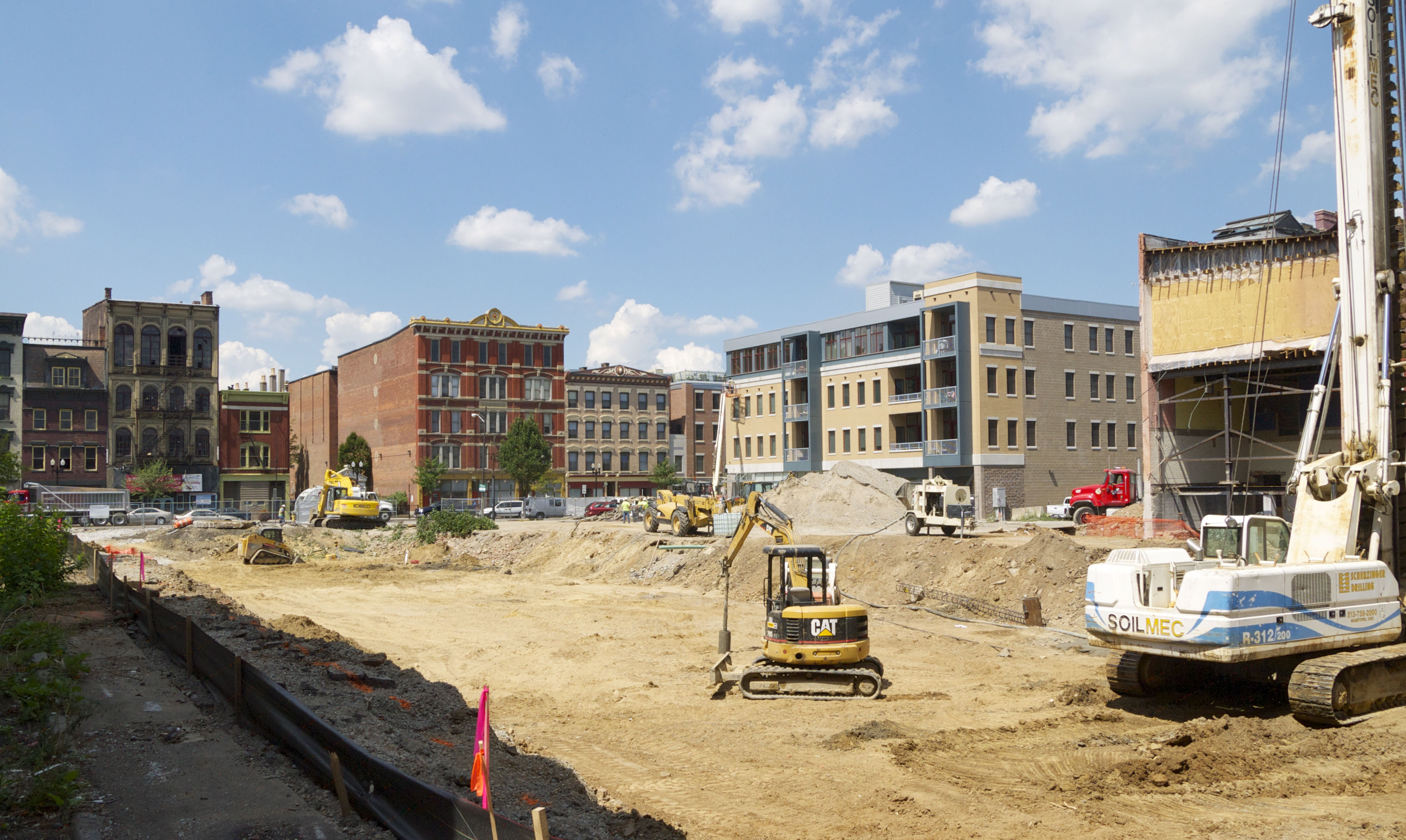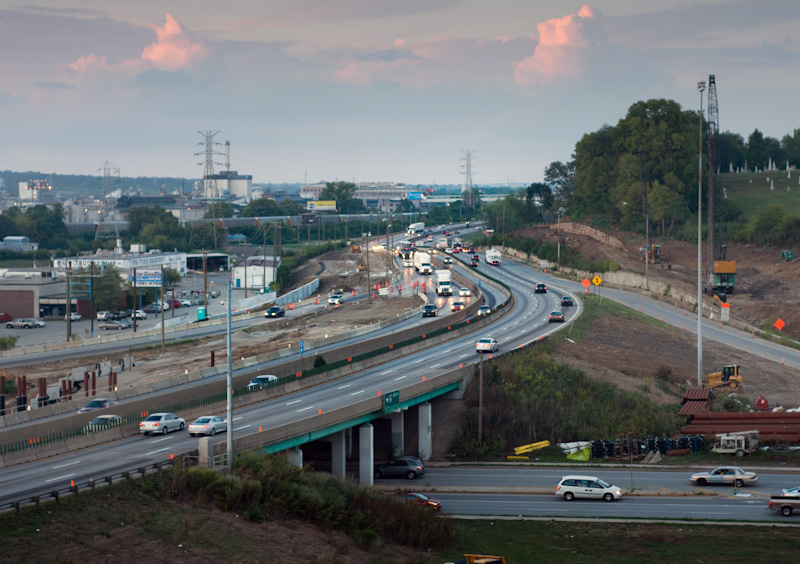Cincinnati leaders announced a major step today in moving forward the construction schedule of the Cincinnati Streetcar, after a recent memo from City Manager Milton Dohoney conceded that the project had been delayed to summer 2015.
According to the August 28 memo, city officials had not been able to resolve negotiations with Duke Energy over utility replacement costs. A new legislative package, which is set to go before the Budget & Finance Committee on September 24, seeks to sidestep the negotiations and start the next phase of utility relocation work on the streetcar.
“It is not feasible to sit idle awaiting an outcome,” City Manager Dohoney explained in a prepared statement.
The first piece of legislation establishes a $15 million account from which the City will advance the work for the Duke Energy utilities until the City and the energy company can fully address who must pay for the relocation of electrical and gas lines under city streets. This figure is what was disclosed to the City by Duke Energy as the cost of utility relocation and design work.
While both parties reached an agreement to the three feet separation from the tracks, as is used in other cities, the ongoing issue is over who is responsible to pay the cost of utility relocation. The City has maintained that the streetcar is a transportation improvement project and that Duke Energy is responsible for utility relocation costs.
City officials broke ground on the streetcar project earlier this year. Photograph by 5chw4r7z.
Funding for the account will come from part of the recent $37 million sale of land adjacent to the former Blue Ash Airport. As recently reported by UrbanCincy, the City of Cincinnati sold most of the former airport land to the City of Blue Ash for a new park but retained approximately 100 acres.
Once an agreement is reached in the dispute, the City expects that the $15 million will be recovered and become available for other investments throughout the city. According to City officials, by fronting the cost of utility relocation work, it will be able to avoid potential legal disputes and any further delay or cost increases.
The second piece of legislation changes the funding source for repayment of $14 million of the $25 million in notes issued as part of the original streetcar project proposal. According to the City’s finance department, the funding shift does not add cost to the project but instead shifts the funding temporarily from the Downtown South TIF District to a fund created in 1995 that collects service payments from Westin/Star, Hyatt and Saks. Half of these funds are reserved for housing projects throughout the city and the other half is currently unallocated. Once the City revises the districts revenue funding it will be able to assess how much debt it can borrow against the revised Downtown South TIF District.
The final item for consideration is a right-of-way ordinance confirming and clarifying the City’s existing historic rights for utility relocation. This legislation, also enacted in other large Ohio cities, unequivocally asserts a municipality’s authority to require a utility in the public right-of-way to relocate its facilities – at the utility’s sole cost – when required in order to accommodate construction of a public improvement.
City officials have disclosed to UrbanCincy that they are confident an agreement with Duke Energy will be reached. In the meantime, this procedure will allow crucial construction of the streetcar to advance, including track construction work and ordering of the streetcar vehicles.
“Cincinnati is still growing and the streetcar project is still a part of that,” City Spokesperson Meg Oldberding told UrbanCincy. “This should be a good signal that the streetcar is moving forward.”
The Budget & Finance Committee meeting will be held on Monday September 24 at 10:30am in Room 300, in City Council Chambers at City Hall.
UPDATE: The two items passed through City Council’s Budget & Finance Committee 6-3 with P.G. Sittenfeld (D), Charlie Winburn (R), and Christopher Smitherman (I) voting in opposition. The Budget & Finance Committee is made up of the full nine-member City Council which is expected to pass the measures by the same margin at their regular meeting this Wednesday.
